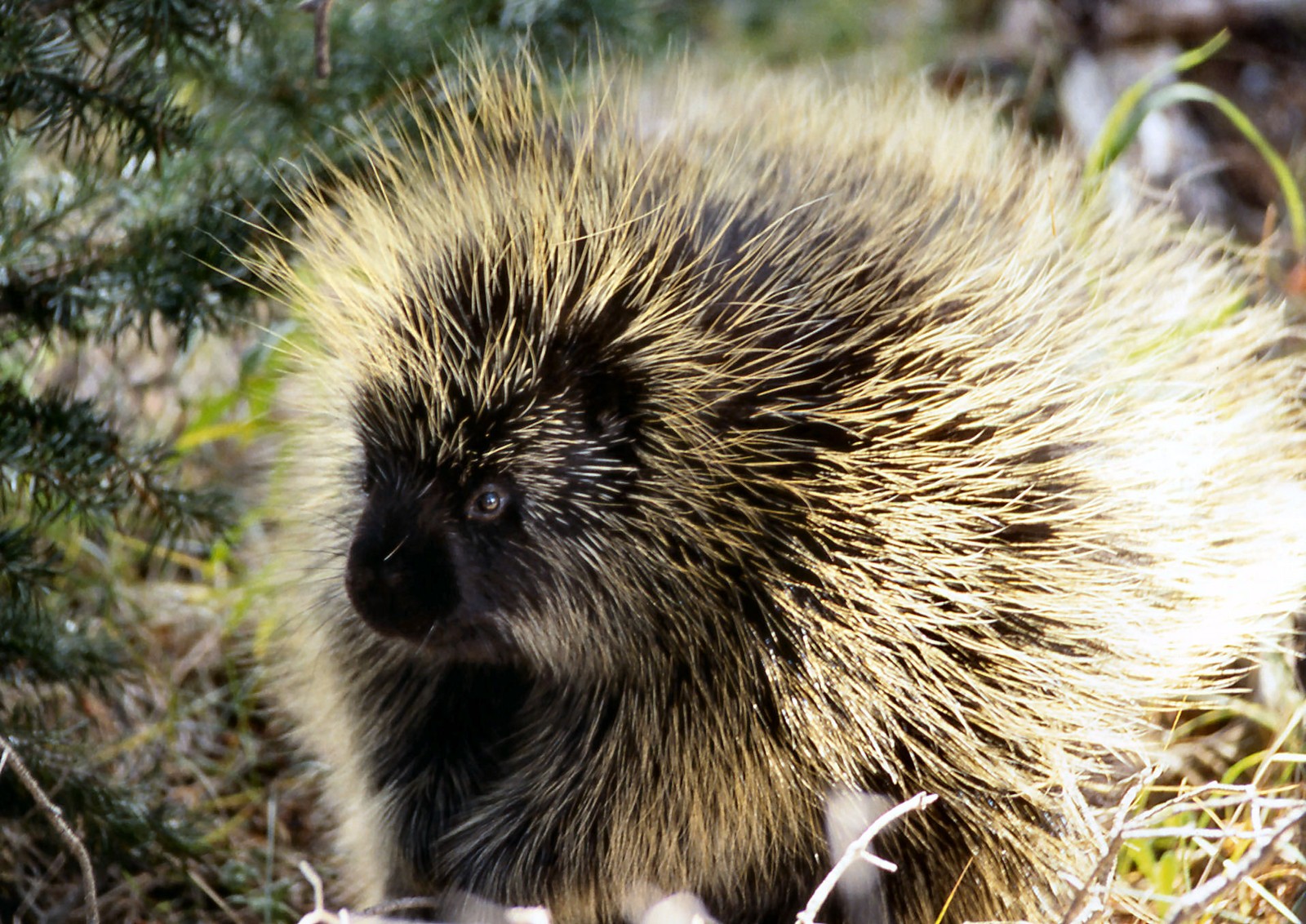Golden Eagle vs Bald Eagle: A Complete Comparison
When comparing the Golden Eagle vs Bald Eagle, we find two of North America’s most magnificent aerial predators with distinct hunting strategies and physical characteristics. The Golden Eagle typically weighs 8-15 pounds (3.6-6.8 kg) and boasts a wingspan of 6-7.5 feet (1.8-2.3 m), while the Bald Eagle is slightly larger, weighing 9-16 pounds (4.1-7.3 kg) with a wingspan reaching 6-8 feet (1.8-2.4 m).
Despite their similar sizes, these apex predators have evolved to occupy different ecological niches. Golden Eagles are supreme hunters of live prey in open terrain, while Bald Eagles frequently combine fishing with opportunistic hunting and scavenging. This fundamental difference shapes everything from their habitat preferences to their hunting techniques.

© Juan lacruz / CC BY 3.0
The Golden Eagle demonstrates its mastery of open-country hunting with broad wings adapted for soaring over mountainous terrain. Note the distinctive golden-brown nape feathers that give this species its name.

© AngMoKio / CC BY-SA 3.0
America’s national bird, the Bald Eagle, showcases its unmistakable white head and yellow beak. These features develop at sexual maturity, around 4-5 years of age.
Key Physical and Behavioral Differences
| Feature | Golden Eagle | Bald Eagle |
|---|---|---|
| Adult Plumage | Dark brown with golden nape | Dark brown with white head and tail |
| Wingspan | 6-7.5 feet (1.8-2.3 m) | 6-8 feet (1.8-2.4 m) |
| Weight | 8-15 pounds (3.6-6.8 kg) | 9-16 pounds (4.1-7.3 kg) |
| Preferred Habitat | Mountains, open country | Coastal areas, large lakes |
| Primary Diet | Mammals, ground prey | Fish, waterfowl, carrion |
| Hunting Style | Active pursuit hunter | Opportunistic fisher/scavenger |
Habitat and Range Differences
Golden Eagles thrive in mountainous regions and open landscapes across the Northern Hemisphere, preferring areas with adequate updrafts for soaring and open terrain for hunting. Their territory typically spans 25-60 square miles (65-155 square kilometers), requiring extensive undisturbed habitat.
Bald Eagles, conversely, concentrate near water bodies, whether coastal areas or inland lakes and rivers. Their distribution is closely tied to fish availability and tall trees for nesting, with territories typically covering 1-2 square miles (2.6-5.2 square kilometers) in productive areas.
Hunting Strategies and Diet
The hunting approaches of these eagles reflect their evolutionary adaptations. Golden Eagles employ high-speed pursuit, using their exceptional maneuverability to capture prey as large as young deer and as small as rabbits. Their powerful feet can exert pressure up to 440 pounds per square inch (psi), enabling them to tackle substantial prey.
Bald Eagles primarily employ fishing techniques, diving from heights of 100-200 feet (30-61 m) to snatch fish from the water’s surface. They also readily scavenge and steal food from other predators, a behavior known as kleptoparasitism.
Who Would Win in a Confrontation?
While both species generally avoid direct conflict, research indicates that Golden Eagles typically dominate in territorial disputes. Their more aggressive hunting style, combined with superior maneuverability and stronger grip strength, gives them an advantage in aerial encounters. However, Bald Eagles’ larger size can be decisive in defending their nesting territories.
Conservation Status and Human Impact
Both species have shown remarkable recovery from 20th-century population declines. Bald Eagles rebounded from fewer than 500 breeding pairs in the 1960s to over 300,000 individuals today. Golden Eagles maintain stable populations of approximately 30,000 in North America, though they face ongoing challenges from wind energy development and habitat loss.
Nesting and Reproduction
Both eagles form long-term pair bonds and construct massive nests, but their approaches differ:
- Golden Eagles typically nest on cliffs or occasionally in trees, building nests up to 6 feet (1.8 m) wide and 4 feet (1.2 m) deep
- Bald Eagles prefer tall trees near water, creating nests that can reach 8 feet (2.4 m) wide and weigh up to 2,000 pounds (907 kg)
Both species usually lay 2 eggs, though Golden Eagles show higher nest success rates in most studies, possibly due to their more remote nesting locations and specialized hunting abilities.









